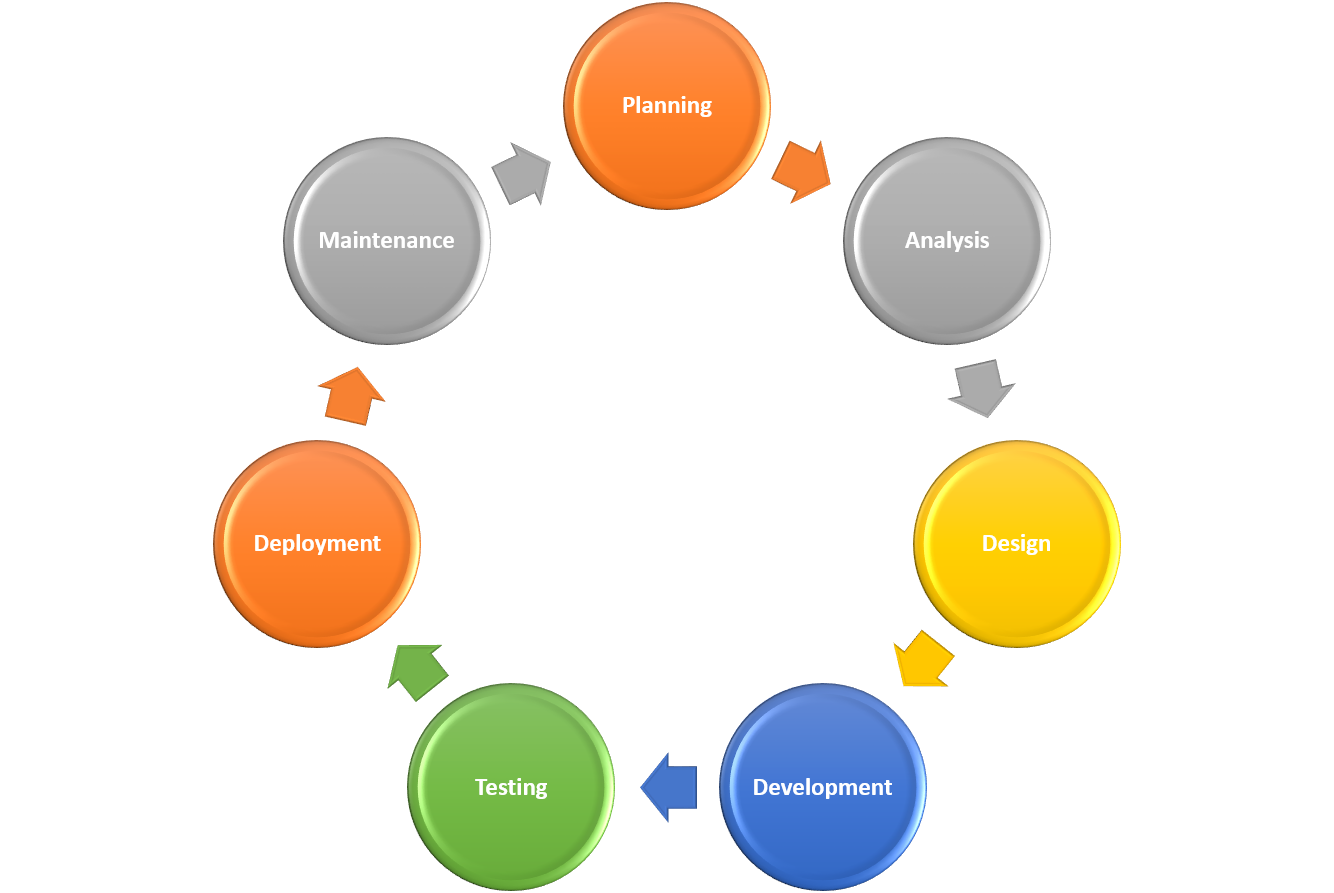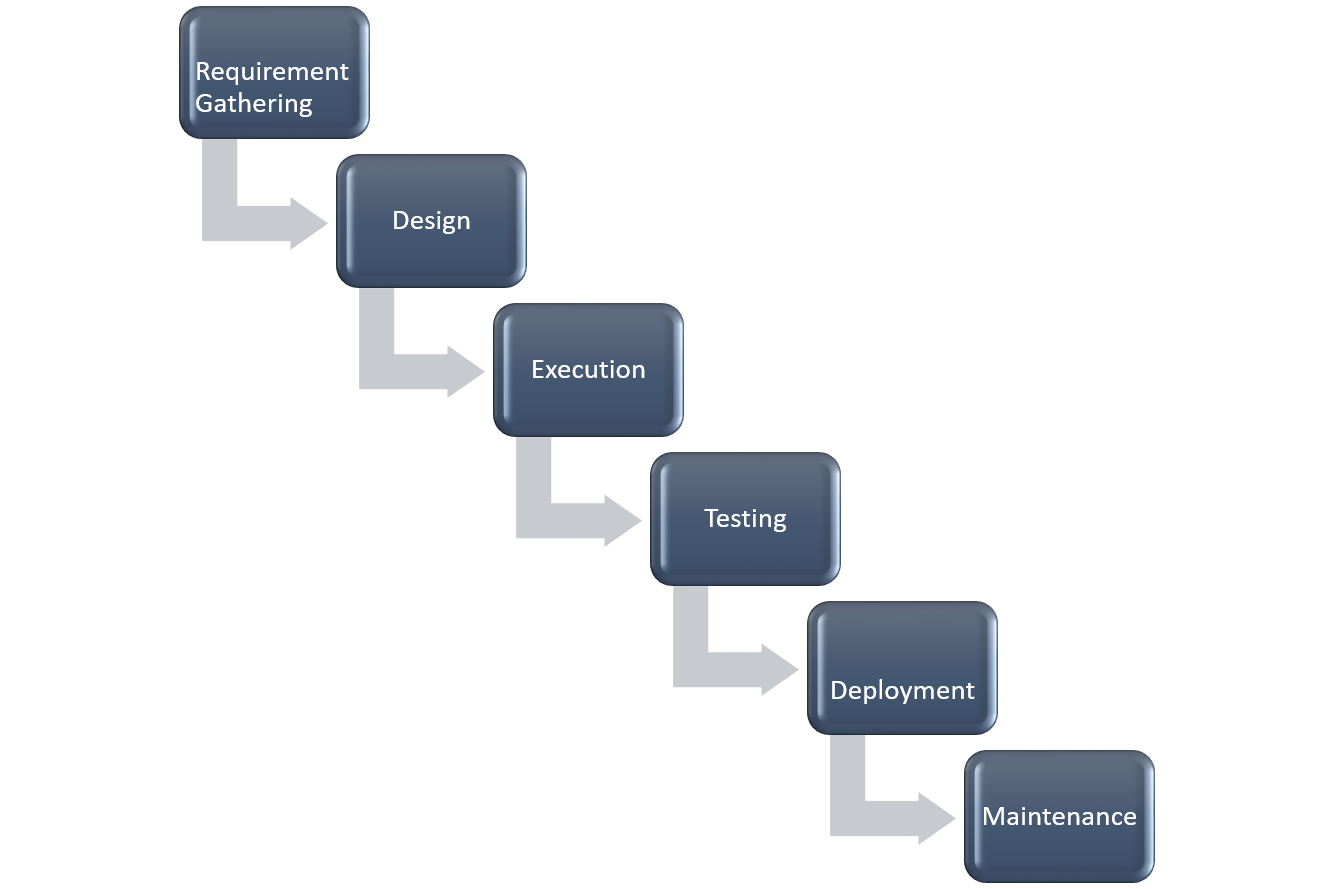Introduction
In the fast-paced world of technology, software development is at the heart of innovation and progress. It’s the process through which we transform ideas into functional, reliable, and efficient software applications. To achieve this, we follow a structured path known as the Software Development Life Cycle, or SDLC. In this blog, we’ll explore what SDLC is, why it’s crucial, and how it can benefit your software development projects.
What is SDLC?
The Software Development Life Cycle (SDLC) embodies a methodical and well-organized approach to the process of software development. It provides a roadmap that guides the development process from the initial concept to the final product. The primary goal of SDLC is to produce high-quality software that meets or exceeds customer expectations while staying within budget and time constraints.
Phases of SDLC
SDLC consists of several well-defined phases. Here are the core phases that make up the SDLC:
- Planning:
- This phase involves defining the project’s scope, objectives, budget, and timelines.
- Key stakeholders are identified, and the project team is formed.
- A detailed project plan is created, which includes the allocation of resources and a risk assessment.
- Analysis:
- During this phase, requirements are gathered and analyzed.
- The project team works closely with end-users to understand their needs and expectations.
- Functional and technical specifications are created, which serve as the foundation for the development phase.
- Design:
- The design phase focuses on creating a detailed blueprint for the software.
- System architecture, database design, and user interface design are developed.
- The design serves as a reference for developers to implement the software.
- Development:
- This is the phase in which real coding and programming activities occur.
- Developers craft the source code in alignment with the design specifications.
- Quality assurance and testing are ongoing activities to ensure code quality.
- Testing:
- The software undergoes comprehensive testing to detect and address any defects.
- Various types of testing, such as unit testing, integration testing, and user acceptance testing, are conducted.
- The goal is to ensure that the software meets the specified requirements and is free of critical bugs.
- Deployment:
- After successful testing, the software is deployed to the production environment.
- End-users gain access to the software, and it becomes operational.
- Maintenance:
- Once the software is in use, ongoing maintenance and support are provided.
- Updates, bug fixes, and enhancements are made as needed to keep the software relevant and reliable.

SDLC Models
Various SDLC models each offer their distinctive approaches to software development. Common SDLC models include:
- The Waterfall Model: An approach characterized by its linear and sequential nature, where each phase must be finished before progressing to the next.
- Agile Model: An iterative and flexible approach that focuses on delivering small, functional increments of the software in short cycles.
- Scrum Model: A subset of Agile, it emphasizes teamwork, accountability, and iterative progress.
- DevOps Model: Combines development and operations to enhance collaboration, automation, and continuous delivery.
Benefits of SDLC
The Software Development Life Cycle offers numerous advantages, including:
- The Software Development Life Cycle offers numerous advantages, including:
- project management and control.
- Clear communication among project stakeholders.
- Reduced development risks.
- Better resource utilization.
- High-quality software products.
- Enhanced customer satisfaction.
Conclusion
Understanding the Software Development Life Cycle is essential for anyone involved in software development. By following a structured SDLC approach, you can increase the chances of delivering successful software projects that meet user expectations, stay on budget, and adhere to timelines. Whether you choose a traditional Waterfall model or opt for a more flexible Agile approach, SDLC provides the framework for efficient and effective software development.
also check: Software Testing


